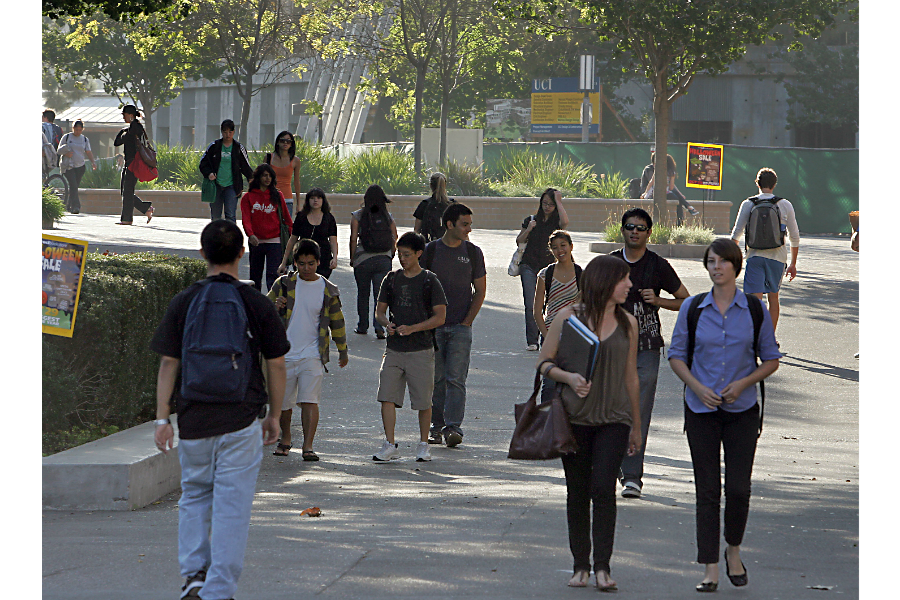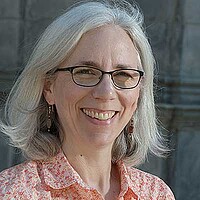Over the past decade, Georgia State has improved its graduation rate about 22 points, to 53 percent. The portion of students receiving Pell grants on campus has doubled, to just over 50 percent, but these low-income students also have a 53 percent graduation rate, according to a report released Thursday by the US Department of Education.
Academic advising has been transformed at the school. In 2011, leaders discovered that many of the students who needed advising most weren’t getting it. So the university built a system to alert an adviser if any of 800 factors that correlate with students dropping out crop up in a student’s records. Within 24 hours, the adviser reaches out to the student.
In the past year, the system has prompted 45,000 advising meetings.
Another key has been micro-grants. More than 1,000 students were dropping classes each semester because they couldn’t pay their bills. Many of them were seniors. So the school started offering Panther Retention Grants of up to $1,500 to seniors in need.
Students don’t have to apply. When the data system flags their nonpayment, “we call them up and say, ‘You may have thought you were getting dropped from your class, but we are covering the rest of your bill,’ ” says vice provost Timothy Renick. Students were so surprised that “the first couple semesters we did this we had students hanging up on us. They thought it was a scam.”
The average grant has been $900, and so far, 70 percent of the recipients have graduated within two semesters.
Georgia State has teamed up with 10 universities in other states as part of the University Innovation Alliance (UIA). They are testing data-driven strategies similar to Georgia State’s.
The UIA campuses have quickly adopted many of one another’s most promising practices. The University of Central Florida in Orlando, for instance, put Georgia’s micro-grant program into place. And the University of California, Riverside, revised its summer program for incoming disadvantaged students after visiting the University of Texas at Austin, which had found that offering a full course load was more helpful than simply offering one practice class.
The campuses in the alliance will graduate an extra 100,000 students over the next decade because of their collaborative efforts, an evaluator estimated.
While the UIA projects have focused on helping low-income and first-generation students, “we’re finding that these interventions actually help all students,” says UIA executive director Bridget Burns.






